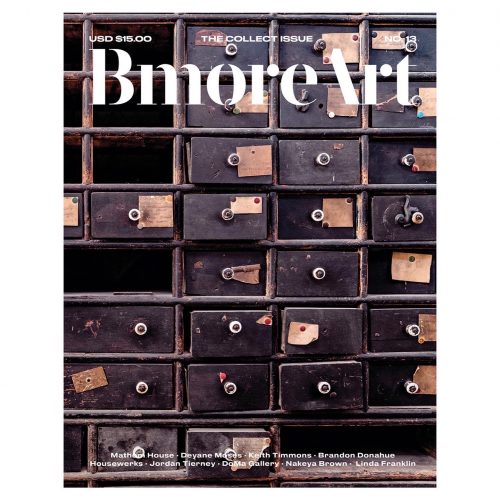For Deyane Moses, collecting is not a means of gathering more things, more artifacts. Collecting is a way to collapse time—to receive messages from the future and connect with the souls of our ancestors. It is not only about having, but about keeping: “What we keep is a reference of who we are,” she says. “What we keep affects how we view ourselves, where we are, what we come from, and where we are going.”
Before turning to curation and archiving, Moses trained as a photographer at the Maryland Institute College of Art (MICA). Her first curatorial project, the Maryland Institute Black Archives (MIBA), uncovered the erased history of Black students at MICA and documented as many stories from present-day Black students, alumni, faculty, and staff as possible.
Her project culminated in an exhibition of photographs and other historic documents from MICA and its community members. After earning her BFA in 2019, she continued her studies at MICA, earning an MFA in Curatorial Practice in 2021. Since she began MIBA in 2018, it has grown into Blackives, LLC, whose mission is to “provide historical research, archival services, and knowledge mobilization for Black artists and communities.”












